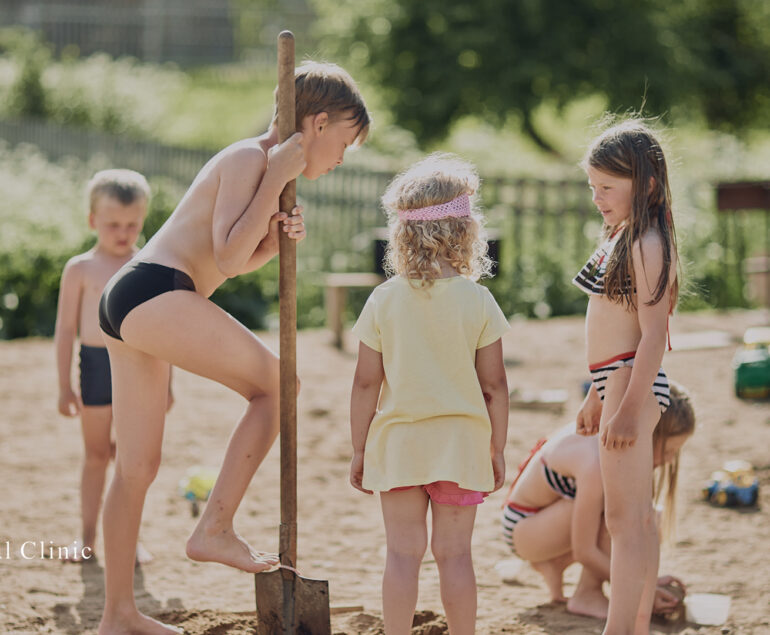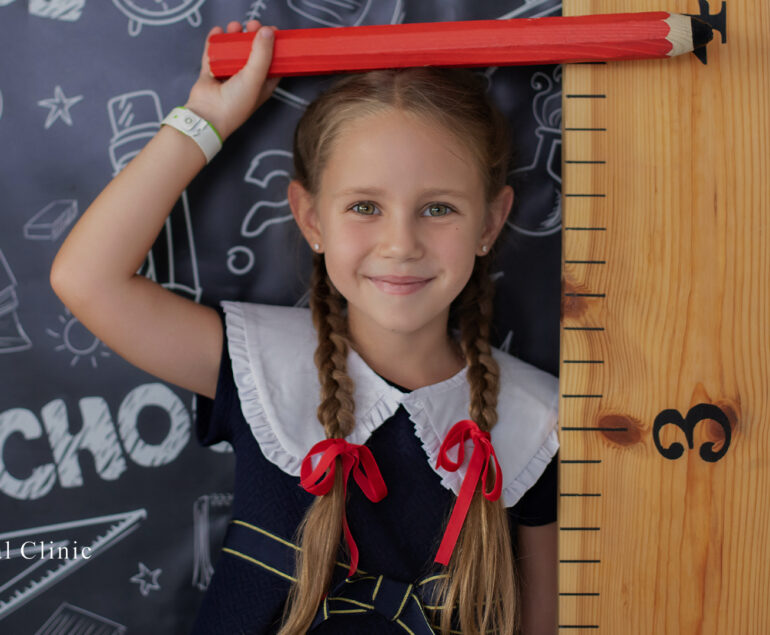How to prevent flu and colds in children during seasonal transitions?
As the seasons change, so does the weather, and unfortunately, the risk of children falling ill with flu and colds tends to rise. Seasonal transitions, especially from summer to fall and from winter to spring, can be challenging times for parents and caregivers. However, there are several strategies you can employ to help keep your children healthy during these periods. In this blog, we’ll explore some effective ways to prevent flu and colds in children during seasonal transitions.
- Promote Hand Hygiene
One of the simplest and most effective ways to prevent the spread of flu and colds is to teach your children proper handwashing. Encourage them to wash their hands with soap and water for at least 20 seconds, especially before meals and after using the restroom. Make it a fun activity by singing a handwashing song or using colorful soaps to keep your children engaged.
- Maintain a Balanced Diet
A healthy diet plays a significant role in boosting the immune system. Ensure your children consume a variety of fruits, vegetables, whole grains, and lean proteins. These foods provide essential vitamins and nutrients that help the body fight off infections. Additionally, staying hydrated is crucial, so encourage your child to drink plenty of water throughout the day.
- Prioritize Sleep
Adequate sleep is essential for a strong immune system. During seasonal transitions, it’s important to maintain a consistent sleep schedule for your child. Create a relaxing bedtime routine and ensure they get the recommended amount of sleep for their age. Sleep helps the body recover and regenerate, making it better equipped to fend off illnesses.
- Dress Appropriately for the Weather
As the weather changes, it’s vital to dress your children appropriately. Ensure they wear layers to adjust to temperature fluctuations. Dress them in warm clothing during colder seasons and provide breathable fabrics during warmer transitions. Proper clothing can help prevent exposure to extreme temperatures, reducing the risk of catching a cold.
- Boost Immunity with Supplements
Certain supplements, such as vitamin C and zinc, can help strengthen your child’s immune system. However, it’s important to consult a pediatrician before giving your child any supplements, as excessive or unnecessary supplementation can have adverse effects. In most cases, a balanced diet should provide the necessary nutrients.
- Avoid Close Contact with Sick Individuals
During seasonal transitions, people are more likely to get sick, so it’s important to teach your children to maintain physical distance from anyone showing signs of illness. Encourage good hygiene practices and make sure your child understands the importance of not sharing food, drinks, or personal items with others when they suspect someone may be sick.
- Get Vaccinated
Vaccinations are a powerful tool in preventing flu and some colds. Consult with your child’s pediatrician about the appropriate vaccinations for their age and discuss the timing of these vaccines to ensure your child is adequately protected during seasonal transitions.
- Keep Indoor Air Clean
Seasonal transitions often lead to changes in indoor air quality. Using air purifiers and regularly cleaning and changing air filters can help reduce the risk of airborne infections. Proper ventilation also plays a crucial role in maintaining healthy indoor air.
- Encourage Physical Activity
Regular physical activity has a multitude of health benefits, including strengthening the immune system. Encourage your child to engage in age-appropriate activities that keep them active and fit. This can help reduce the risk of falling ill during seasonal transitions.
Conclusion
Preventing flu and colds in children during seasonal transitions requires a combination of strategies that focus on hygiene, nutrition, sleep, and overall well-being. By following these tips and fostering a healthy lifestyle, you can significantly reduce the likelihood of your child getting sick when the seasons change. Remember that consistency and patience are key, and it’s important to lead by example in practicing good health habits yourself. Your child’s health and well-being are worth the effort. Contact Us Now!
FAQ's
Why are children more susceptible to flu and colds during seasonal transitions?
Children’s immune systems are still developing, making them more vulnerable to infection. Additionally, seasonal transitions can lead to changes in temperature and humidity, which can create ideal conditions for the spread of viruses.
What are some tips for preventing flu and colds in children during seasonal transitions?
There are a number of things parents can do to help prevent their children from getting sick during seasonal transitions, including:
- Get your child vaccinated against the flu. The flu vaccine is the best way to protect your child from the flu virus. It is recommended that all children over 6 months of age get the flu vaccine every year.
- Teach your child good hand hygiene. Children should wash their hands frequently with soap and water for at least 20 seconds, especially after using the bathroom, before eating, and after being around someone who is sick.
- Avoid touching your child’s face. Germs can easily spread from your hands to your child’s face, so it is important to avoid touching their face as much as possible.
- Keep your child home from school or daycare if they are sick. This will help to prevent the spread of germs to other children.
What are some natural ways to boost a child's immune system?
There are a number of natural ways to boost a child’s immune system, including:
- Make sure your child gets enough sleep. Sleep is essential for a healthy immune system. Children should get 10-12 hours of sleep per night.
- Feed your child a healthy diet. A healthy diet includes plenty of fruits, vegetables, and whole grains. These foods provide the nutrients that the body needs to fight off infection.
- Encourage your child to exercise regularly. Exercise helps to strengthen the immune system. Children should get at least 60 minutes of moderate-intensity exercise each day.
When should I see a doctor if my child is sick?
If your child has any of the following symptoms, you should see a doctor:
- A fever of 103 degrees Fahrenheit or higher
- Difficulty breathing
- Fast breathing or heartbeat
- Blue or pale skin
- Severe vomiting or diarrhea
- Signs of dehydration, such as decreased urination or a dry mouth
- A stiff neck
- A rash
- A severe headache
What are some tips for helping a child recover from the flu or a cold?
There is no cure for the flu or a cold, but there are things you can do to help your child feel better while they recover, including:
- Make sure your child gets plenty of rest.
- Encourage your child to drink plenty of fluids to stay hydrated.
- Offer your child over-the-counter pain relievers and fever reducers, such as ibuprofen or acetaminophen.
- Use a humidifier or take your child to a steamy bathroom to help relieve congestion.




